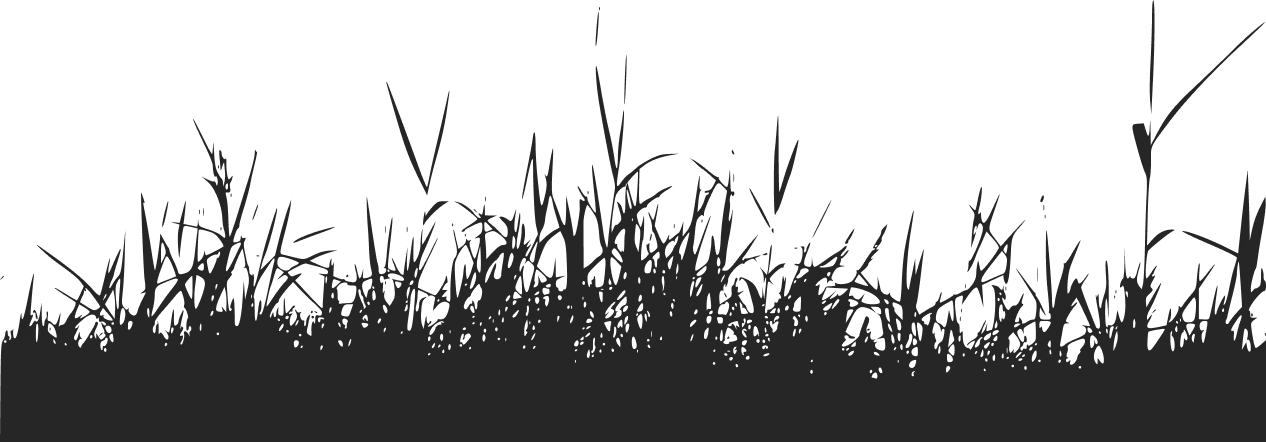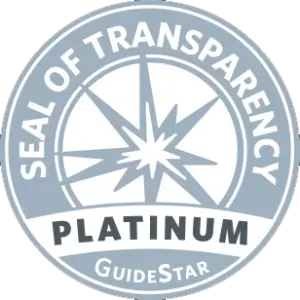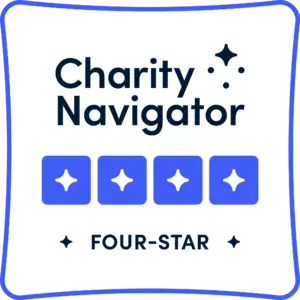Imagine.
A visit from a brightly colored Monarch butterfly flitting in thin air.
A furry Pika peeking out from a mountain rock. Eep! Eep!
A motionless Great Blue Heron, stoically, patiently hunting from a log in the water.
A Northern Pygmy-Owl peering from a tree, curious about your every move.
Magical, am I right? How do you hang on to that magic?
That is where Field Sketching comes in!
Field Sketching, or Nature Journaling, is a method I use to connect with nature through first-hand observations. Sketches are developed in a journal based on my observations. Words referencing things like weather, date, time of day, and characteristics of the object are added to further describe the moment. These descriptive words are a form of data collection or note-taking.

As a professional artist, instructor, writer, and naturalist, Field Sketching is deeply rooted in my work. It informs every aspect of my writing, teaching and making art. In the process, I learn about the flora, fauna – and their behaviors, as well as the broader landscape wherever I am.
An added benefit of Field Sketching is mindfulness. Field Sketching brings out our ability to be present and aware, the basic tenants of mindfulness. Mindfulness leads to a calmness of the soul, heightening the feeling of presence. Calmness leads to better mind and body health. Awareness is presence, allowing one to be in the moment without distraction.
There is no right or wrong in how one practices Field Sketching; no pressure, just doing and allowing for awareness.
My husband and I moved from New Hampshire to Alaska about two years ago. Honestly, a bit of a tough transition for me. To manage the anxieties of being in a new place with new challenges (think bears!), I naturally turned to my sketchbook to find focus and comfort.
Born from this is a project titled “A New England Artist Exploring Alaska”, which I intend to publish as a book. The content is based on what I’m observing, drawing, and writing as I explore Alaska, and why this project developed in the first place: to connect to, and find my way in a vast, wild, and sometimes intimidating landscape. In turning to my sketchbook with this intention, my anxiety gave way to curiosity.
Curiosity leads me to all sorts of habitats in Alaska filled with wondrous flora and fauna, the subjects that dance across the pages of my journals, feeding a soul craving to “know” them and the connections they have to each other and to us. Part of my explorations of the Alaskan landscape is focused on migration. Specifically, bird migration.
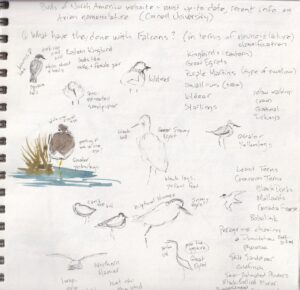
For a while now, the phenomena of bird migration has taken up presence in my soul. When I’m not teaching, making art, or attending to administrative tasks, I am consumed with learning about birds. On arrival, I quickly learned that Alaska hosts nesting territory for hundreds of migratory bird species!
When I observe a new bird, or even a familiar feathered acquaintance, I want to know more than just the species’ name. Where did you come from? Where are you going? What was your migration path? What challenges did you overcome this year?
You might be wondering how it’s possible to capture a live animal – especially a bird – on paper. They don’t sit still! In a few words: it’s not easy. There are techniques for this effort, but, like any skill you want to be good at, it requires a lot of practice and a good dose of patience.
This should not deter those who want to draw live animals, or anything for that matter. Anyone with a desire to learn and the interest to keep practicing can do this.
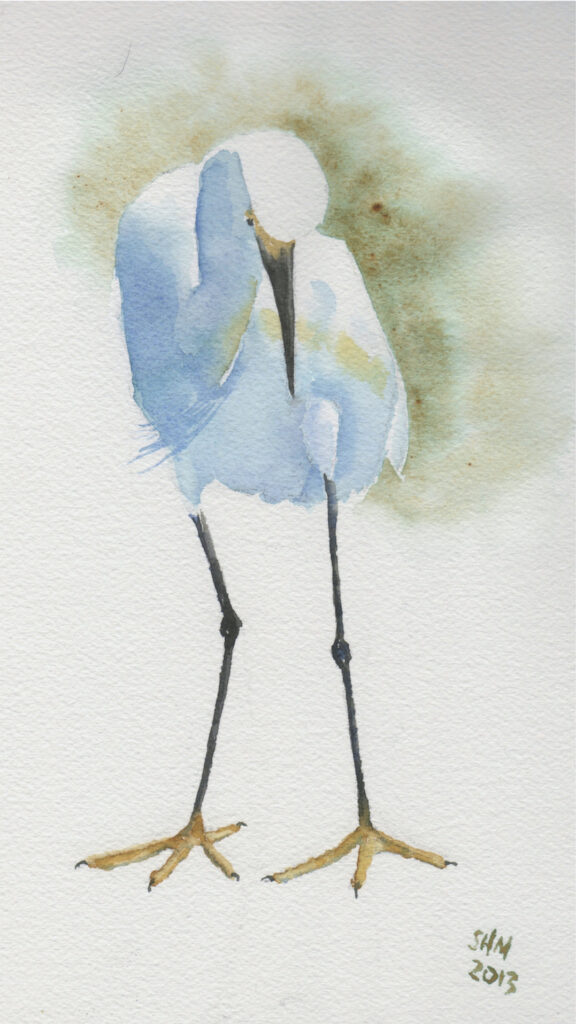
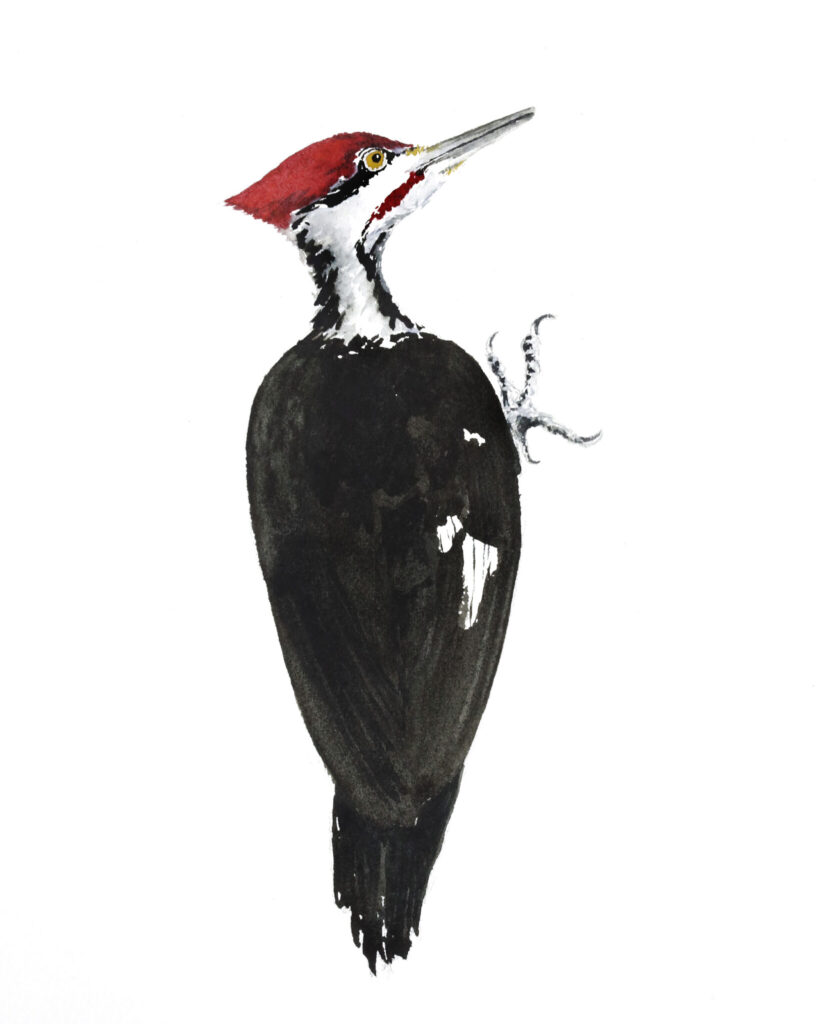
I start by finding a quiet place. Someplace that feels safe to be alone. For me, that mindfulness quality sets in quick, which means I can become oblivious to the human activity around me. Unfortunately, in Alaska, I can’t block everything out. I have to be bear and moose aware nearly all of the time.
I begin by closing my eyes and taking a few slow, deep breaths. This helps me slow my heart rate and relax my nerves. In doing so, I am preparing to fully give audience to the natural world, in that spot, at that moment.
Jotting down the date, time, place, weather notes, moon phase, sunset/sunrise, and perhaps something about the habitat I am in begins the process of connecting in a tangible way.
All the while, I am listening to the sounds around me, keying in to those that are from nature. Maybe it is the plop of a turtle slipping back into the pond. Maybe it is the wind. Or maybe it is the sound of tiny toenails scratching their way along the bark of a tree, or the warning call of a ground squirrel.
Whatever the sound, it is my entry point into “observing”; the sound lets me focus my attention on something to observe with my eyes. From here, it is quick sketches or slow and patient drawing, depending on the object of my attention.
If you are new to the practice, it might feel daunting at first; many of us shy away because we “lack” drawing skills. It can also take a while to settle the brain and quiet one’s self to engage in the journaling process. Fear not. Embrace the experience.
Breathe. Draw. Take notes. No one is judging your skills. No right, no wrong.
Wherever we live and travel, the natural world surrounds us with stunning colors, textures, behaviors, and phenomena to observe and find wonder in.
Observation leads to knowing; knowing leads to caring; caring leads to stewardship; stewardship leads to conservation. Grab a notebook and pencil… let’s begin with observation.
If you are looking for a good place to start your nature journal, keep it close to home. By spending time in your own backyard, neighborhood park or porch you will form a connection with the wildlife that may call your home theirs. Once you are ready to take your observations to a new location check out your counties natural areas. If you live in Colorado be sure to check out Bird Conservancy of the Rockies Environmental Learning Center in Brighton, CO. Come on out this spring and enjoy the demonstration gardens, trails and bird feeders to continue your nature journaling experience!
 This blog was written by Artist/Writer/Instructor Sandy McDermott. Sandy has been a freelance Natural Science Illustrator since 1992 and has shared her passion for observing, learning and journaling since 1998. To learn more about Sandy’s work visit her website where you can sign up for her newsletter for inspiration.
This blog was written by Artist/Writer/Instructor Sandy McDermott. Sandy has been a freelance Natural Science Illustrator since 1992 and has shared her passion for observing, learning and journaling since 1998. To learn more about Sandy’s work visit her website where you can sign up for her newsletter for inspiration.




